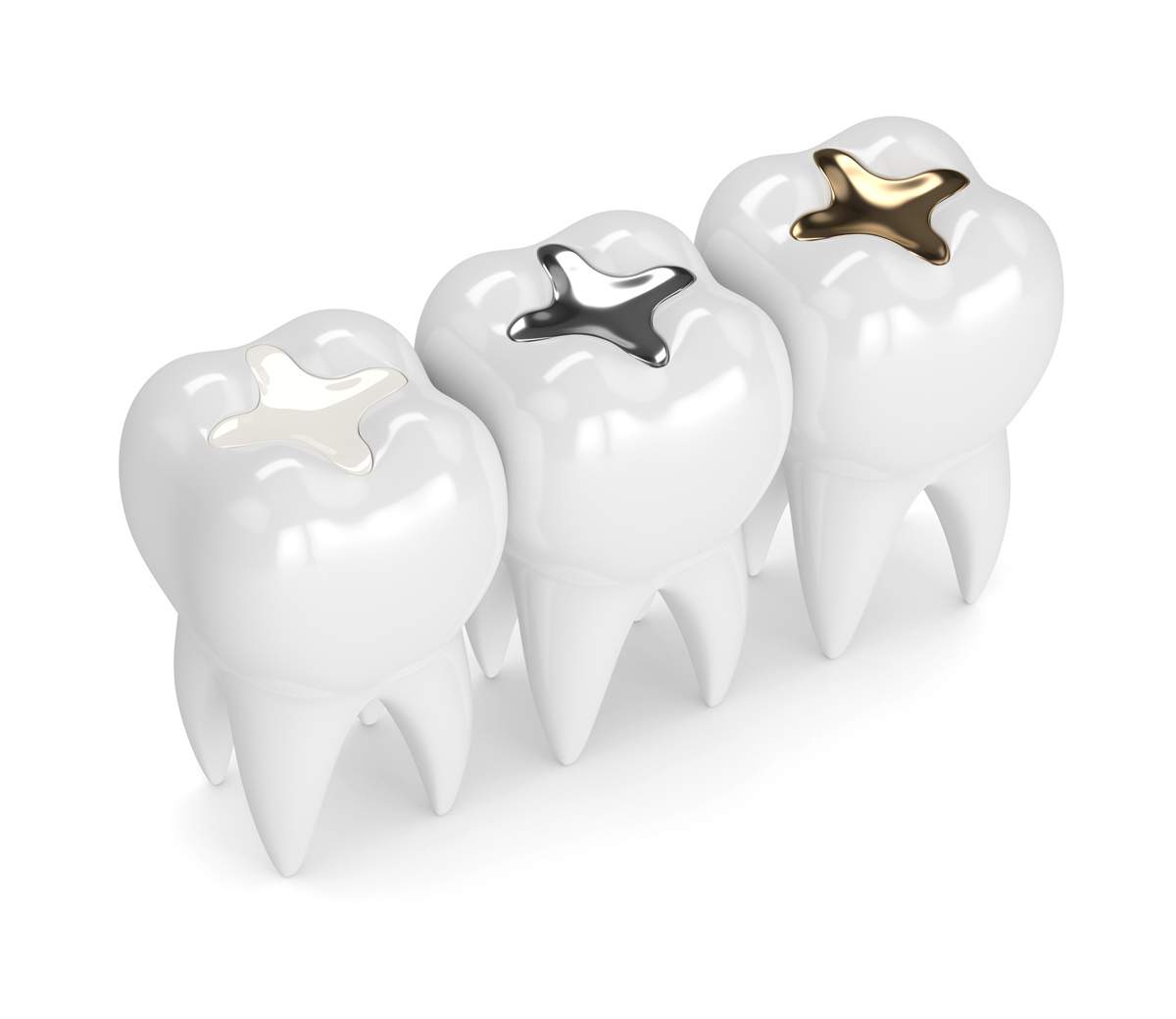To treat a cavity your dentist will remove the decayed portion of the tooth and then "fill" the area on the tooth where the decayed material was removed.
Fillings are also used to repair cracked or broken teeth and teeth that have been worn down from misuse (such as from nail-biting or tooth grinding).

First, the dentist will use a local anesthetic to numb the area around the tooth to be filled. Next, a drill, air abrasion instrument, or laser will be used to remove the decayed area. The choice of instrument depends on the individual dentist's comfort level, training, and investment in the particular piece of equipment as well as location and extent of the decay.
Next, your dentist will probe or test the area to determine if all the decay has been removed. Once the decay has been removed, the dentist will prepare the space for the filling by cleaning the cavity of bacteria and debris. If the decay is near the root, your dentist may first put in a liner made of glass ionomer, composite resin, or other material to protect the nerve. Generally, after the filling is in, your dentist will finish and polish it.
Several additional steps are required for tooth-colored fillings and are as follows. After your dentist has removed the decay and cleaned the area, the tooth-colored material is applied in layers. Next, a special light that "cures" or hardens each layer is applied. When the multilayering process is completed, the dentist will shape the composite material to the desired result, trim off any excess material, and polish the final restoration.
Today, several dental filling materials are available. Teeth can be filled with gold; porcelain; silver amalgam (which consists of mercury mixed with silver, tin, zinc, and copper); or tooth-colored, plastic, and materials called composite resin fillings. There is also a material that contains glass particles and is known as glass ionomer. This material is used in ways similar to the use of composite resin fillings.
The location and extent of the decay, cost of filling material, your insurance coverage, and your dentist's recommendation assist in determining the type of filling best for you.
Tooth-coloured Composites
Aesthetics -- the shade/colour of the composite fillings can be closely matched to the colour of existing teeth. Composites are particularly well suited for use in front teeth or visible parts of teeth.
Bonding to tooth structure -- composite fillings micro-mechanically bond to tooth structure, providing further support.
Versatility -- in addition to use as a filling material for decay, composite fillings can also be used to repair chipped, broken, or worn teeth.
Tooth-sparing preparation -- sometimes less tooth structure needs to be removed compared with amalgam fillings when removing decay and preparing for the filling.
Lack of durability -- composite fillings wear out sooner than amalgam fillings (lasting at least five years compared with at least 10 to 15 for amalgams); in addition, they may not last as long as amalgam fillings under the pressure of chewing and particularly if used for large cavities.
Increased chair time -- because of the process to apply the composite material, these fillings can take up to 20 minutes longer than amalgam fillings to place.
Additional visits -- if composites are used for inlays or onlays, more than one office visit may be required.
Chipping -- depending on location, composite materials can chip off the tooth.
Expense -- composite fillings can cost up to twice the cost of amalgam fillings.
What's a Temporary Filling and Why Would I Need One?
Temporary fillings are used under the following circumstances:
For fillings that require more than one appointment -- for example, before placement of gold fillings and for certain filling procedures (called indirect fillings) that use composite materials
Following a root canal
To allow a tooth's nerve to "settle down" if the pulp became irritated
If emergency dental treatment is needed (such as to address a toothache)
Temporary fillings are just that; they are not meant to last. They usually fall out, fracture, or wear out within a month. Be sure to contact your dentist to have a temporary filling replaced with a permanent one. If you don't, the tooth could become infected or you could have other complications.